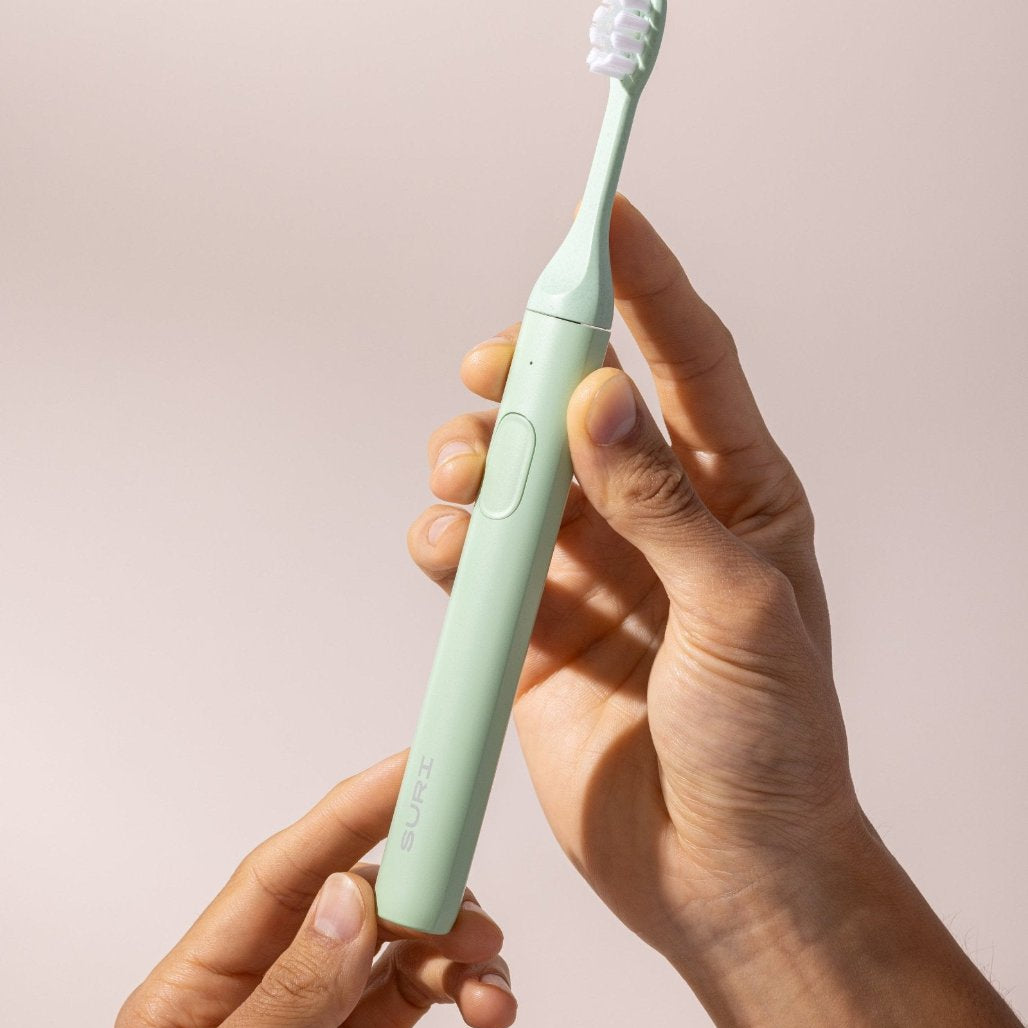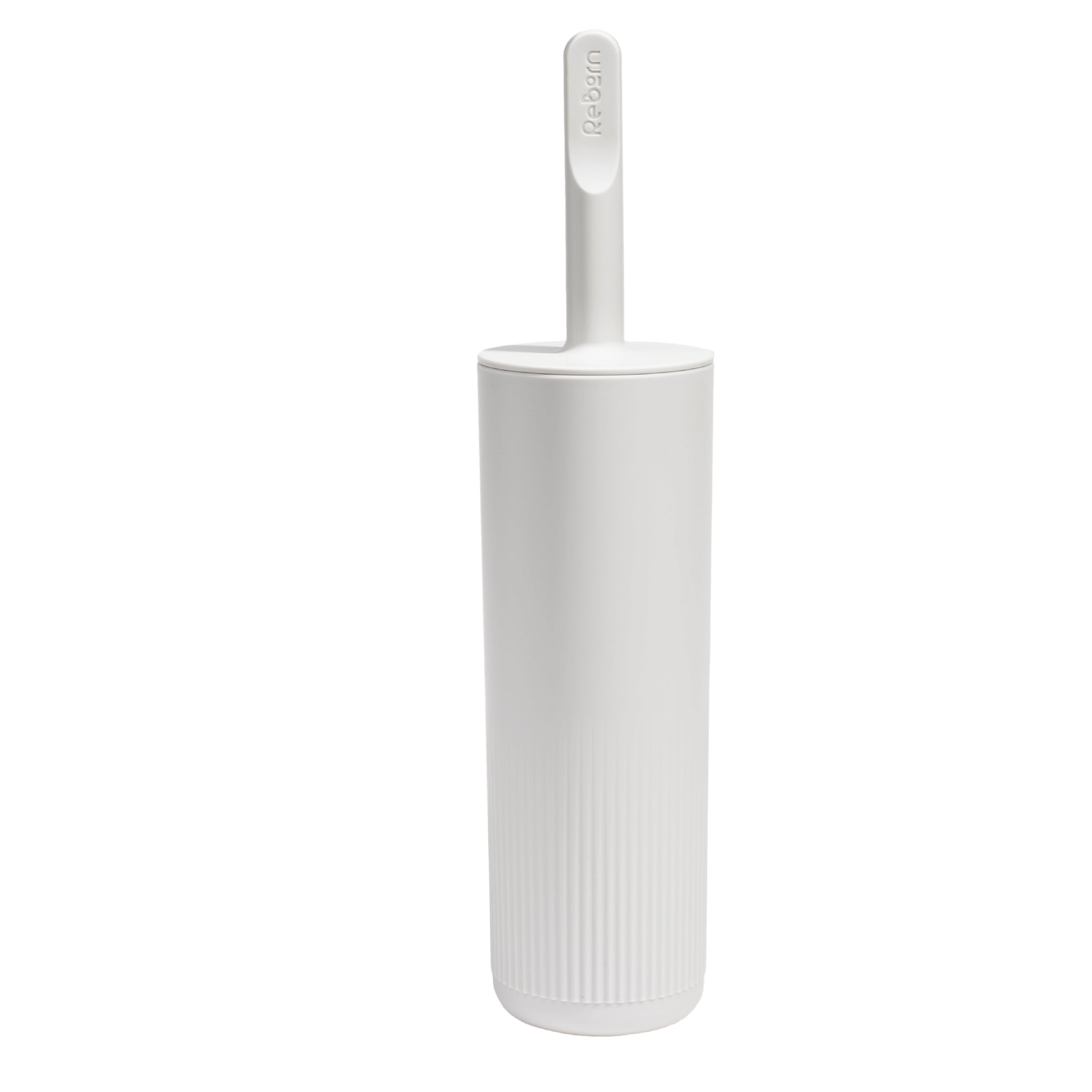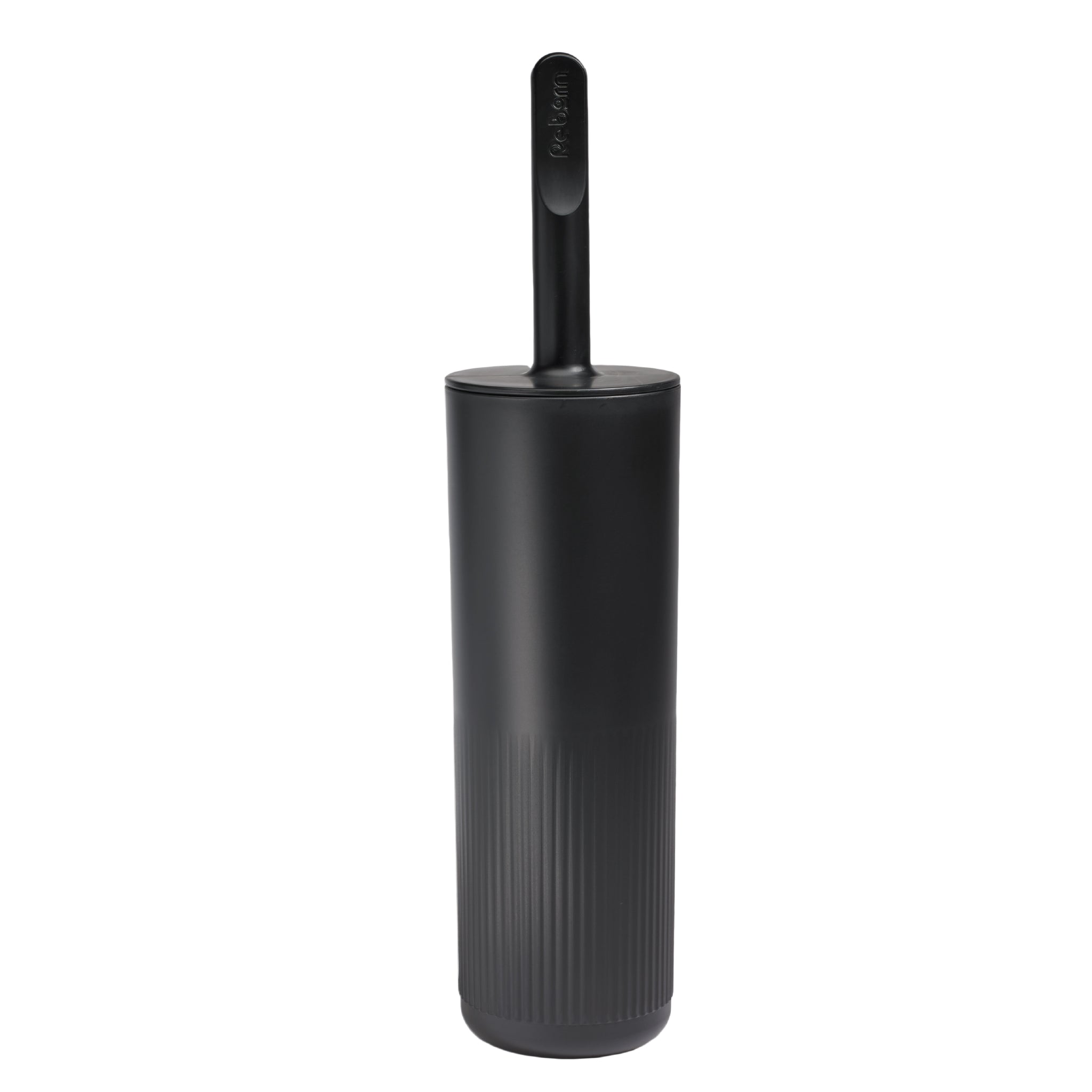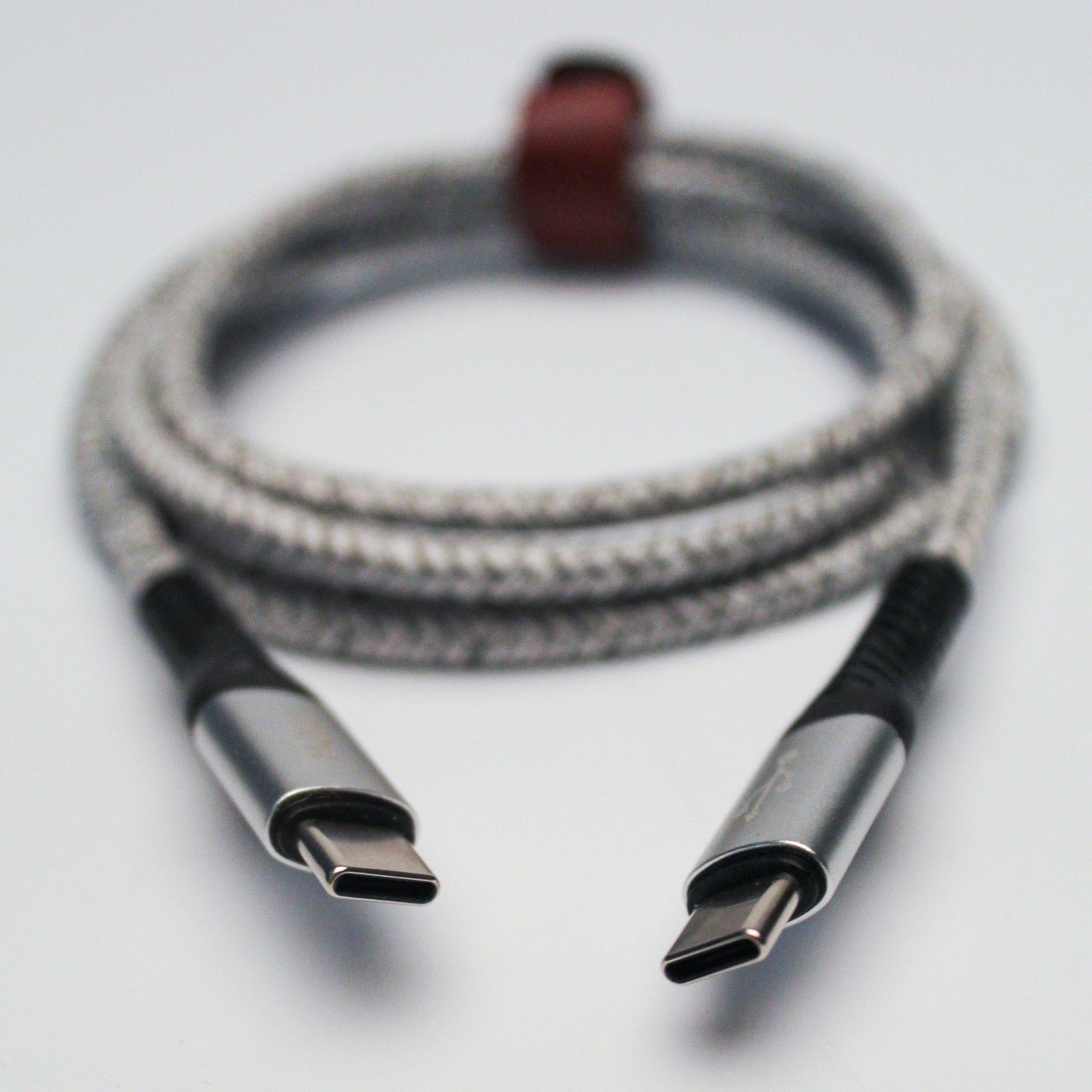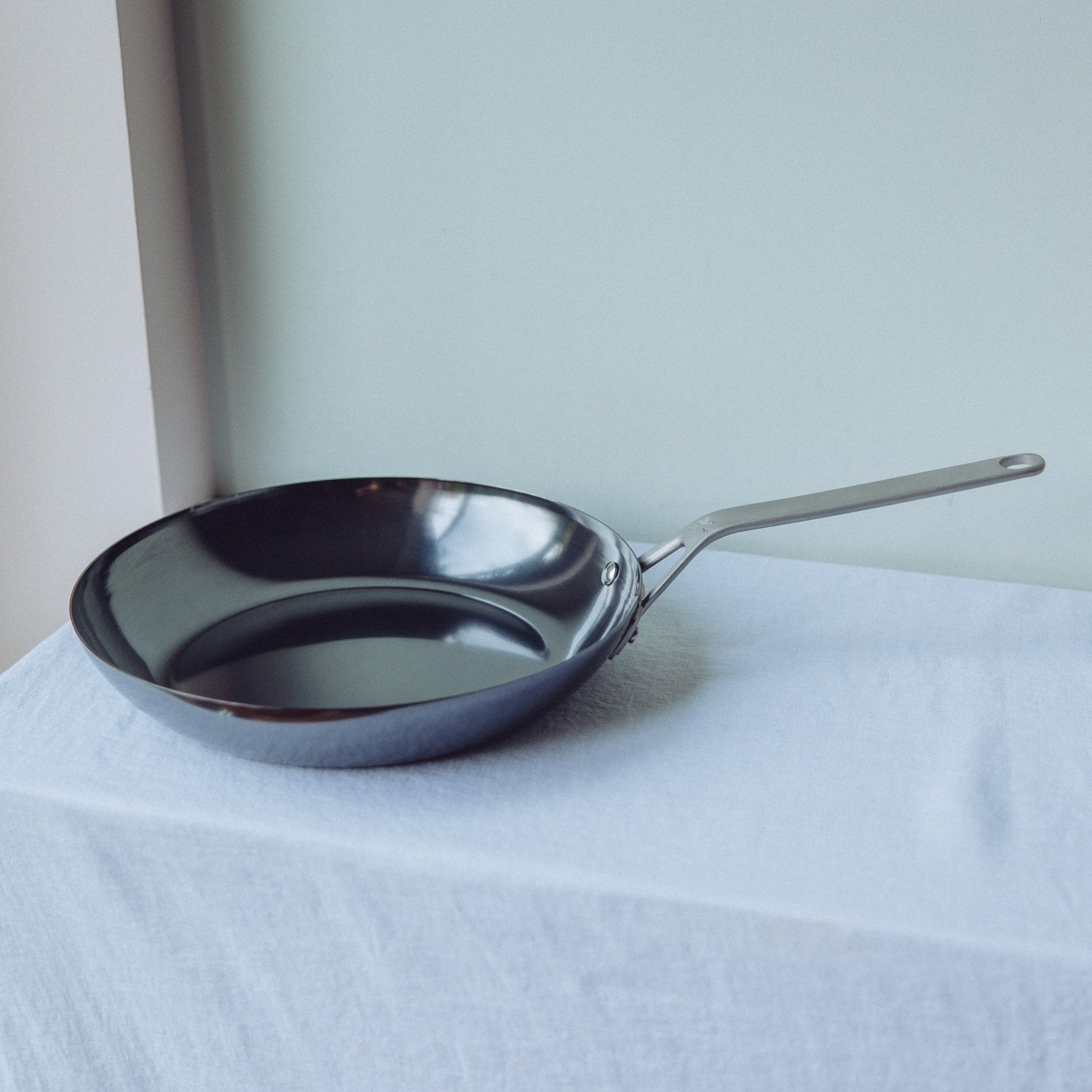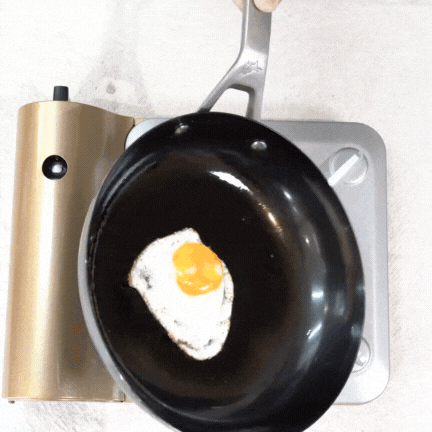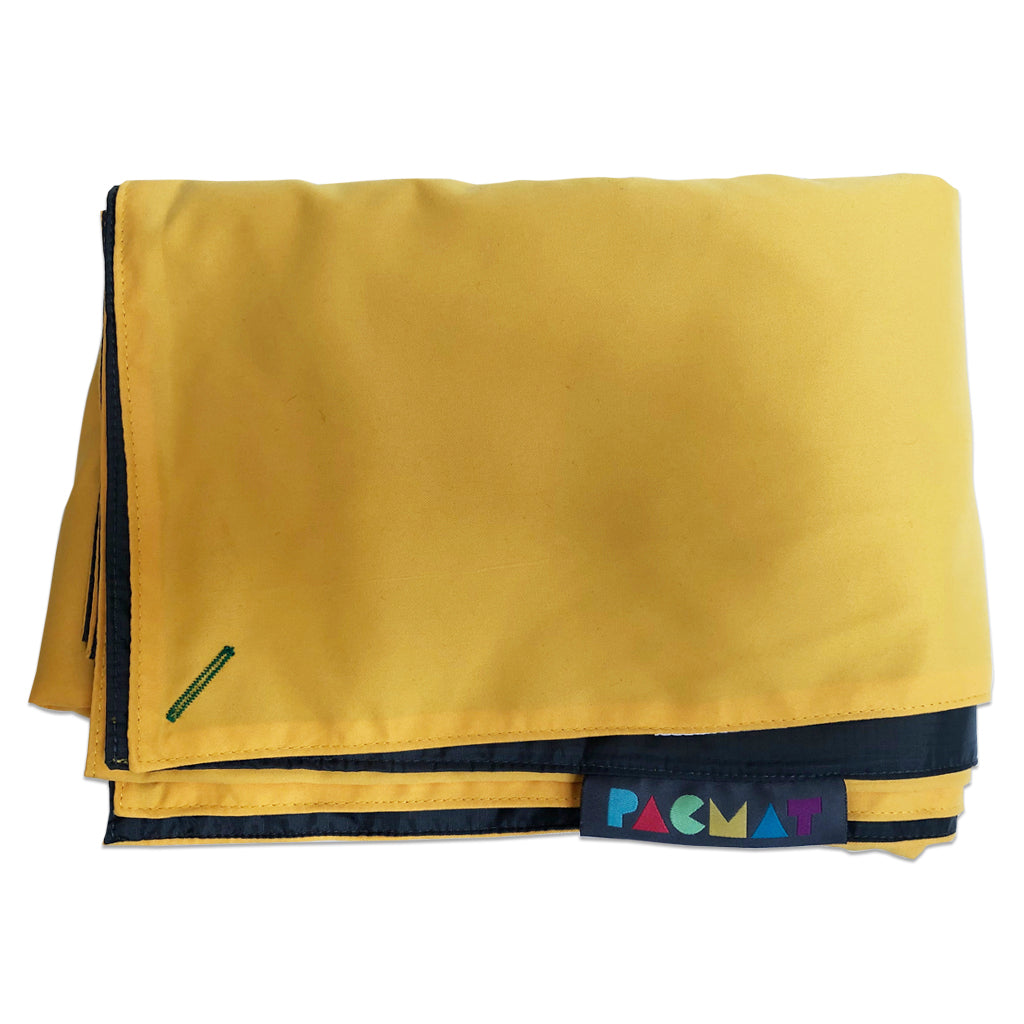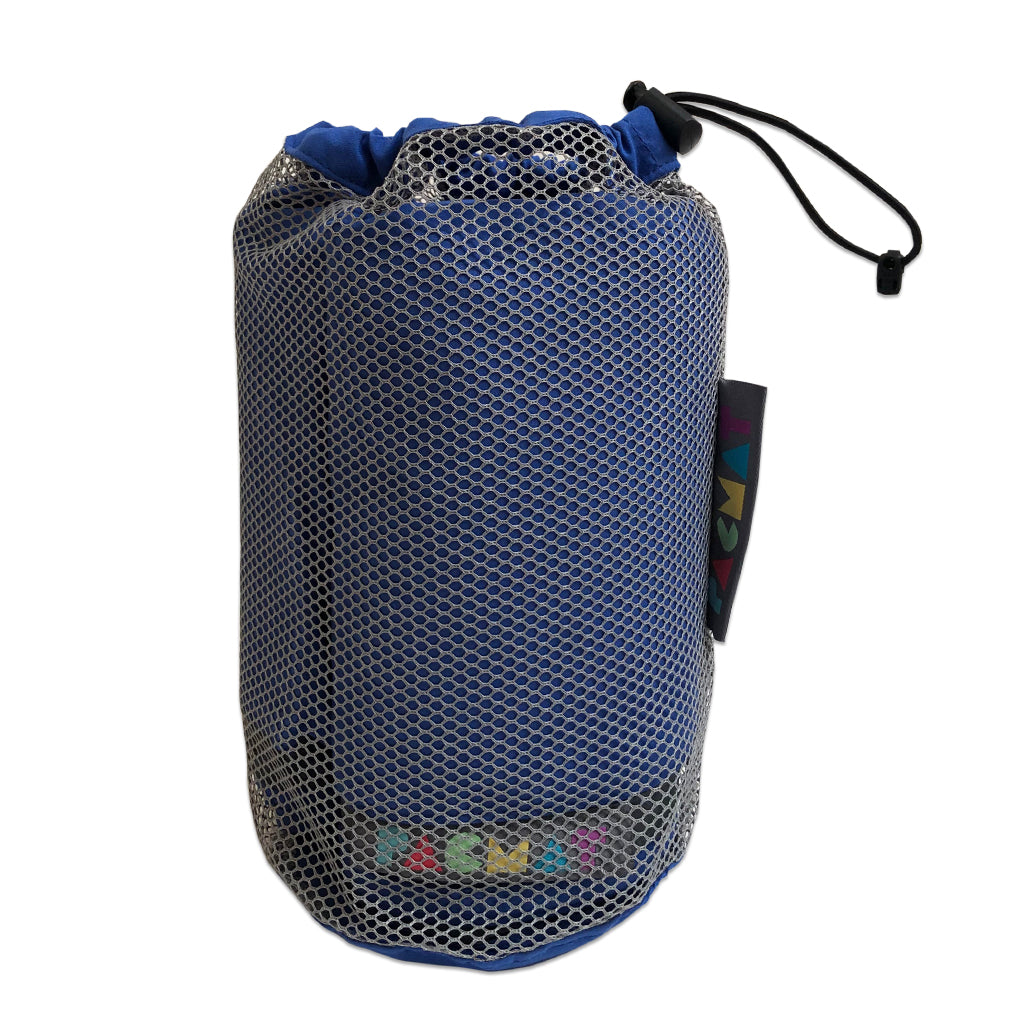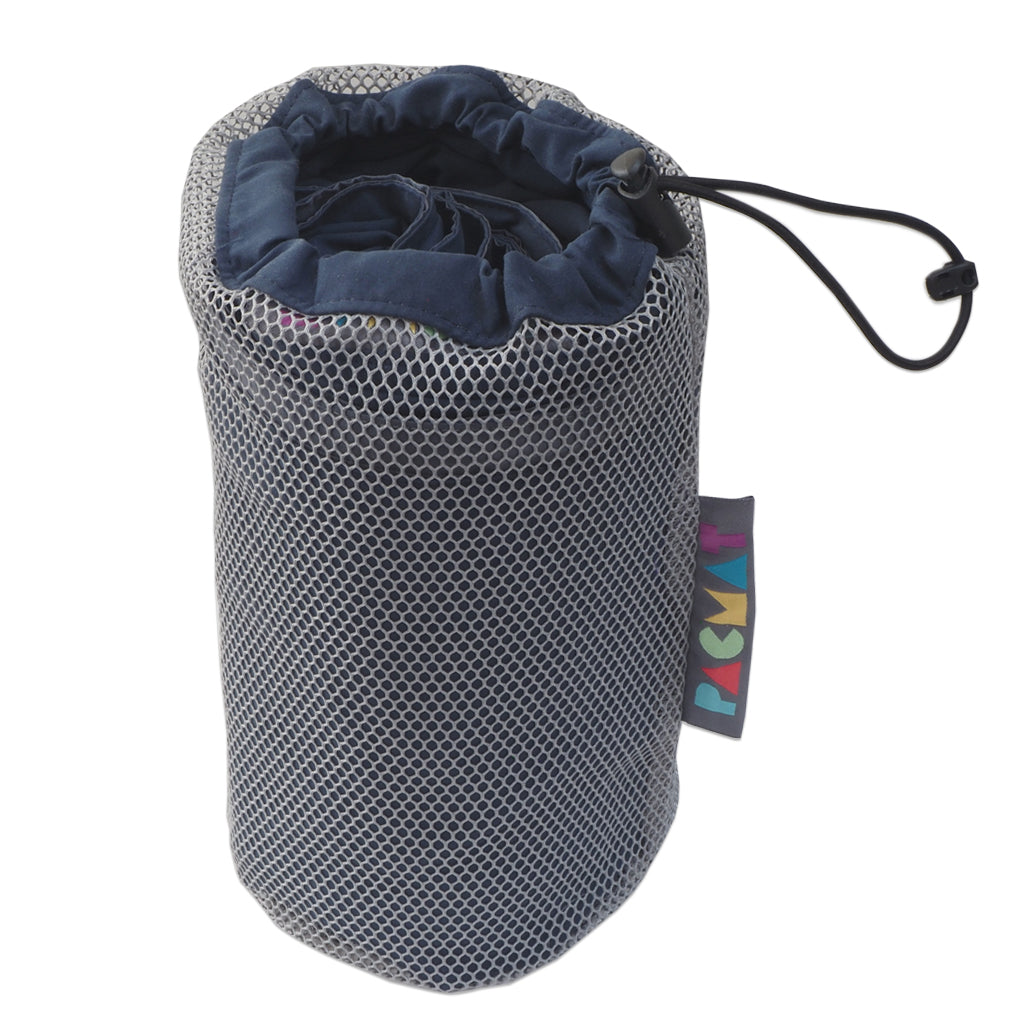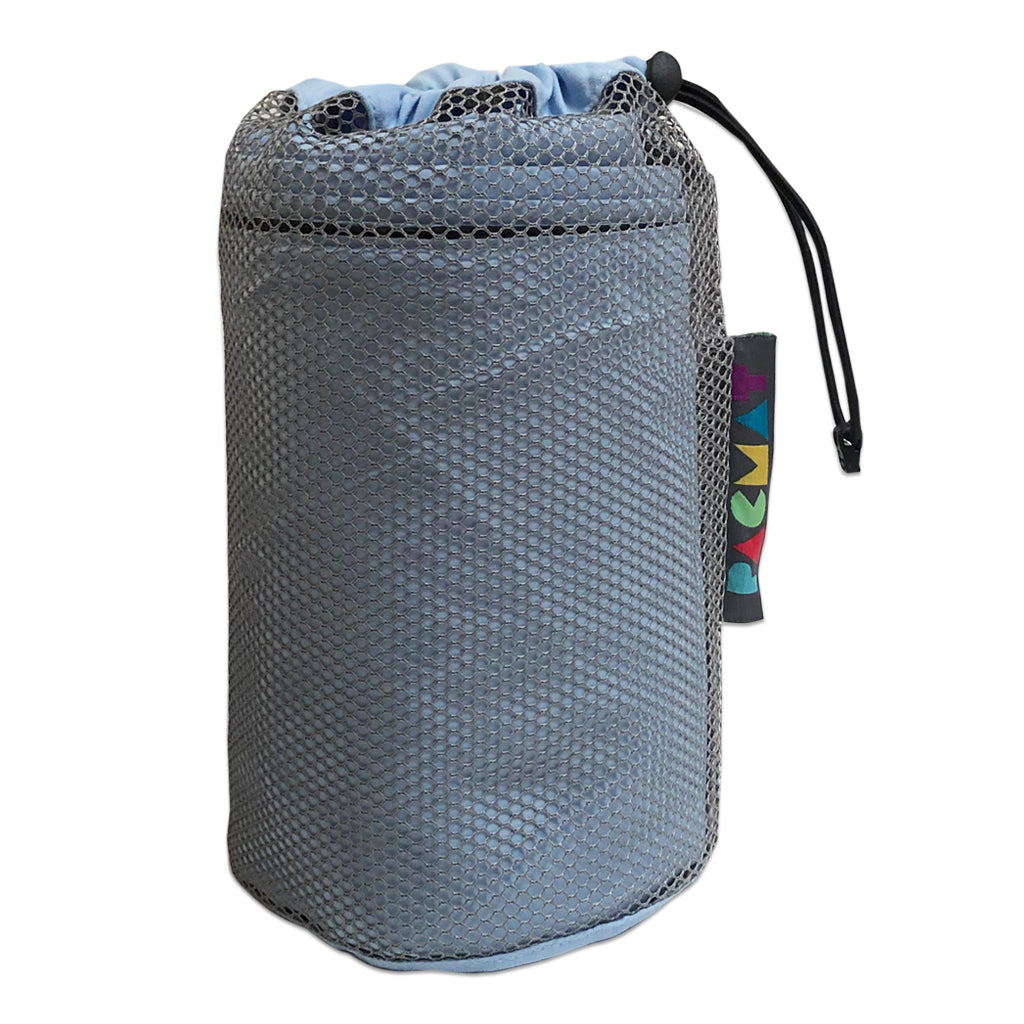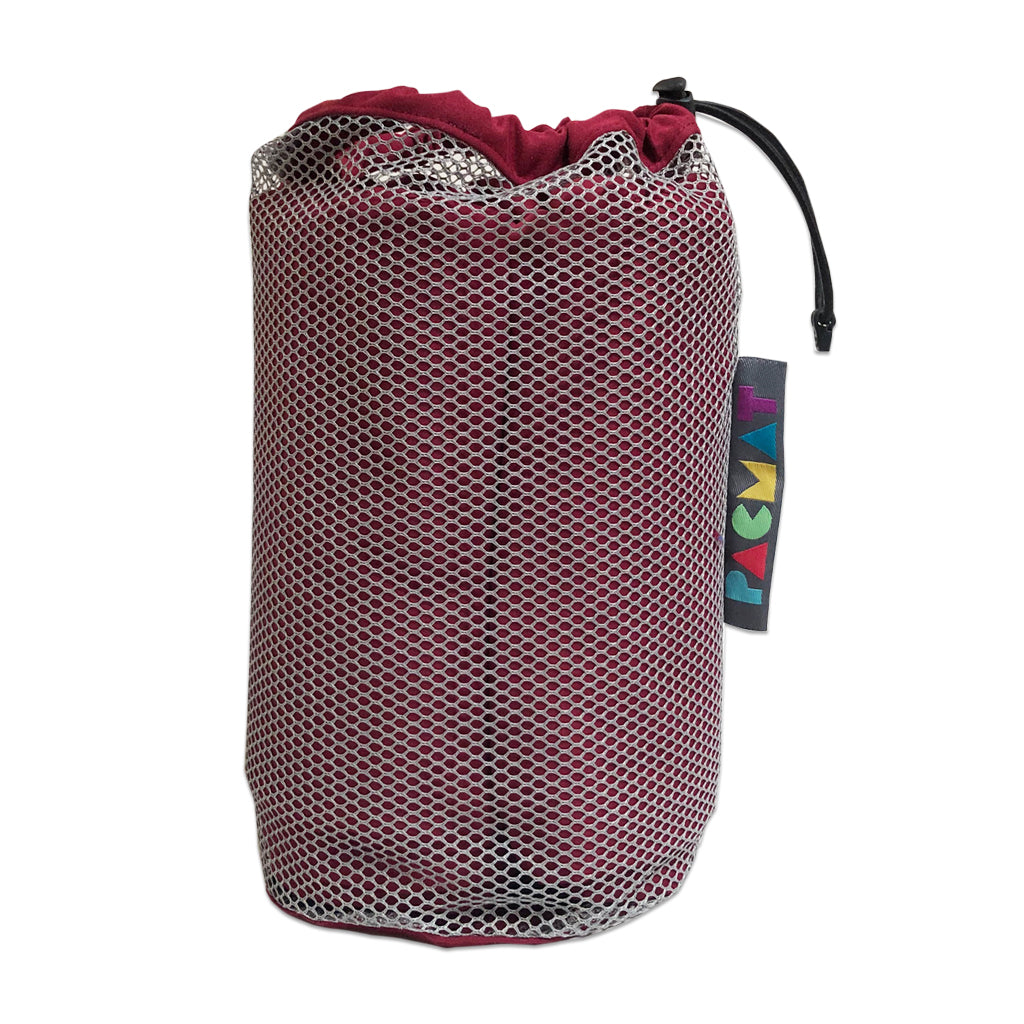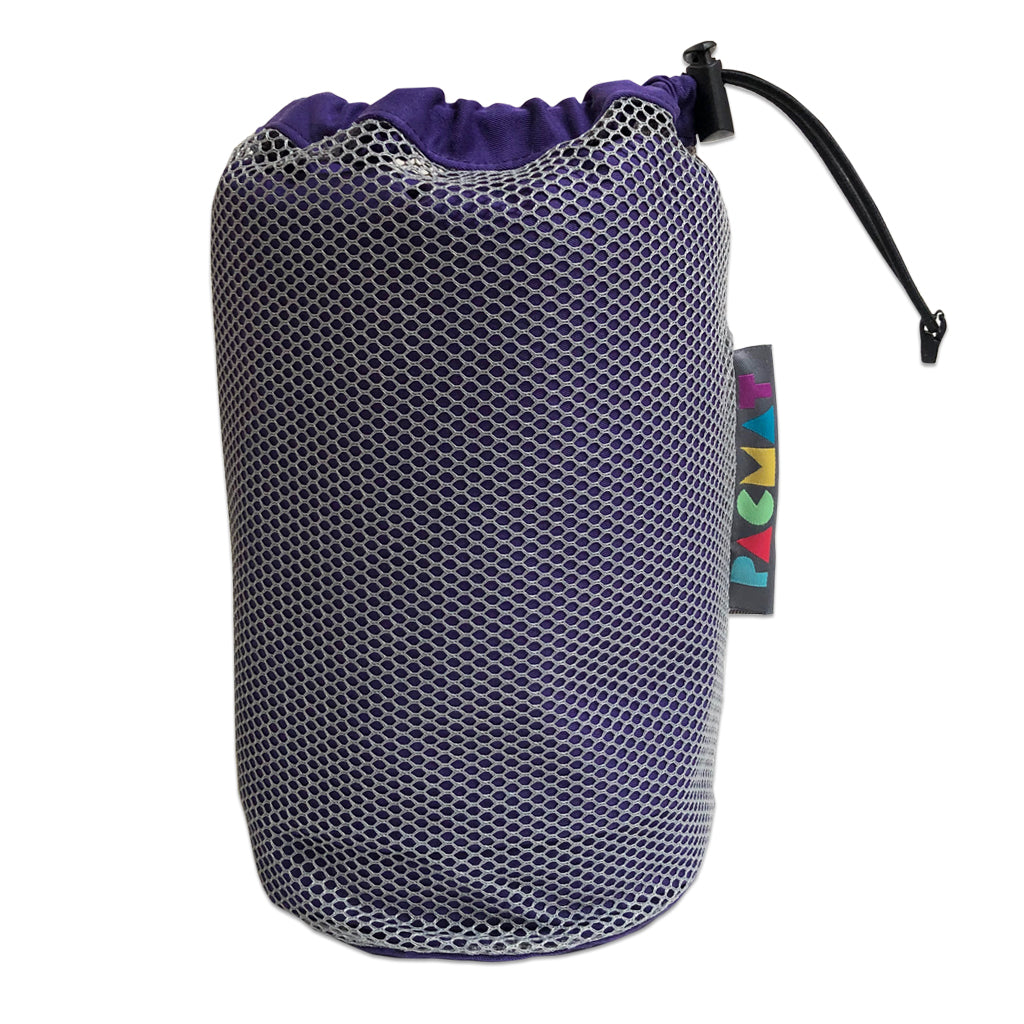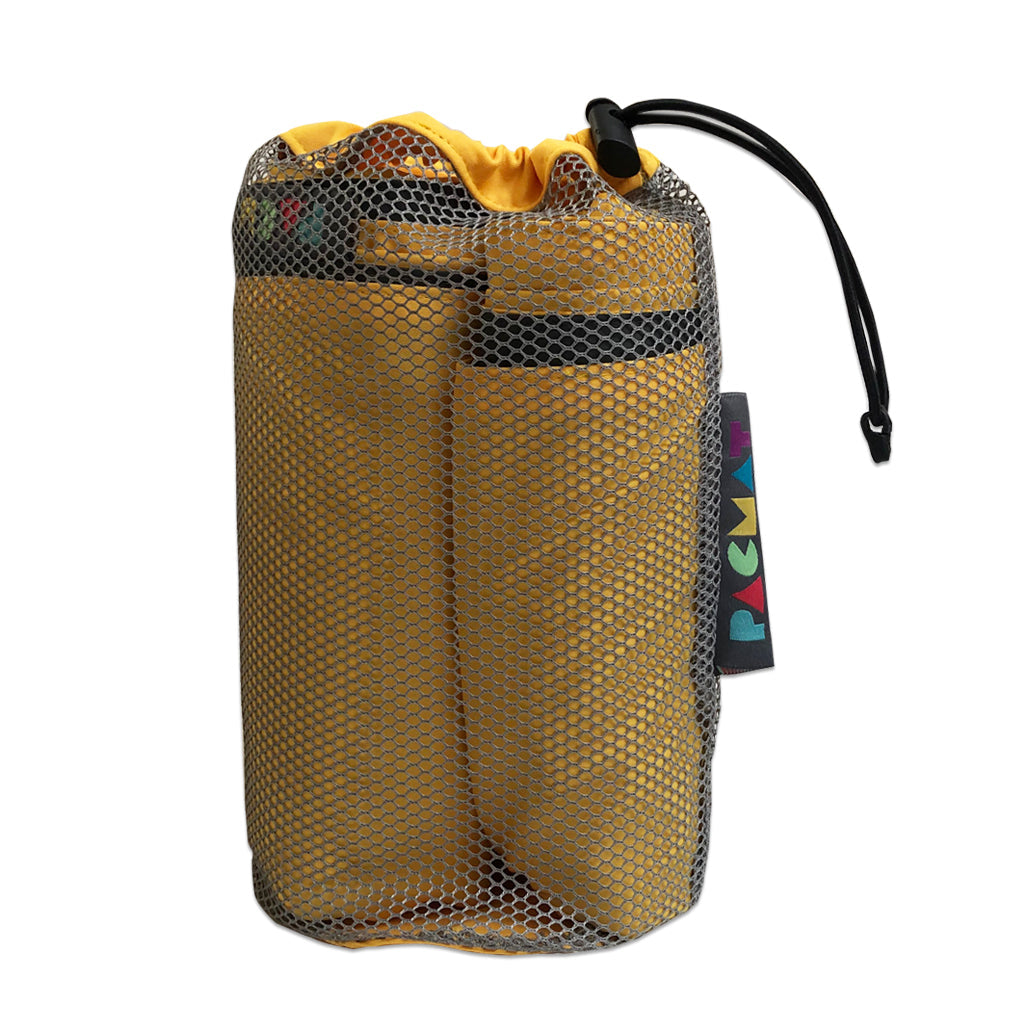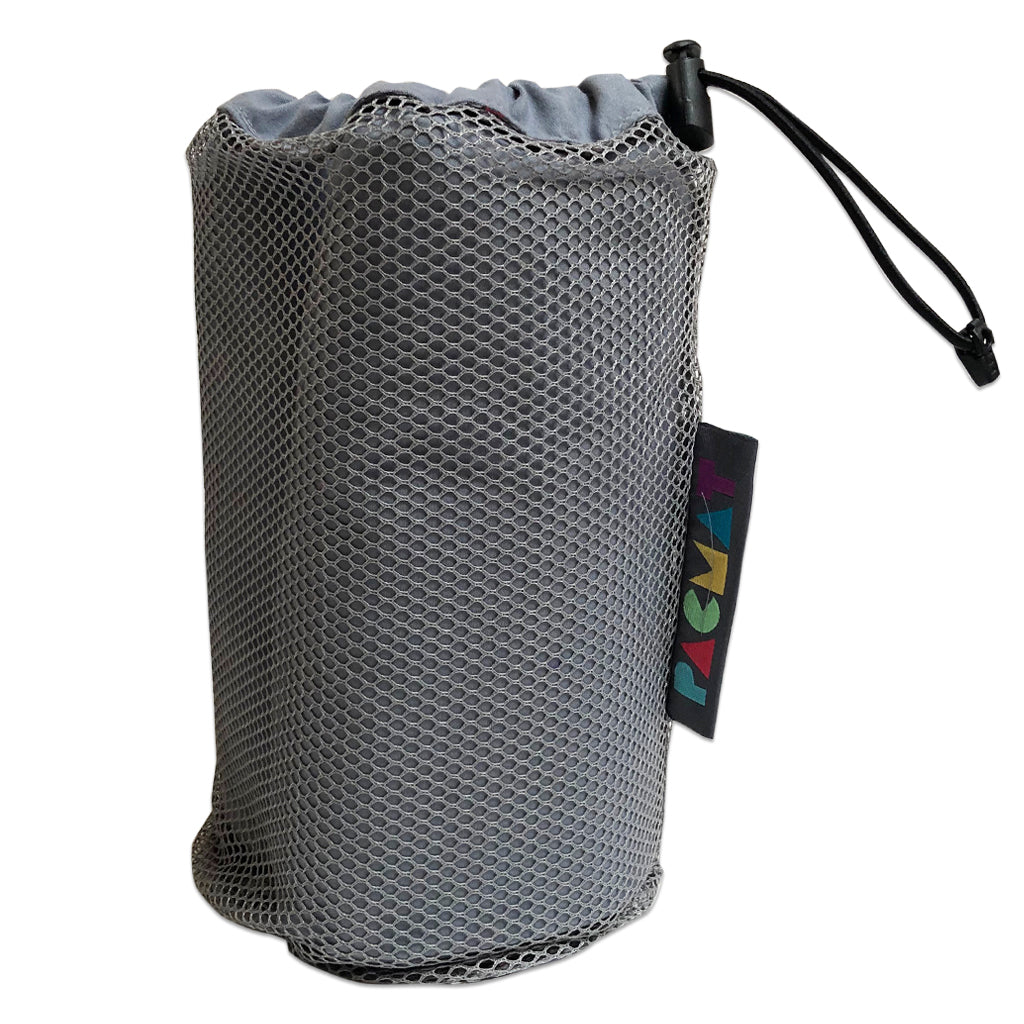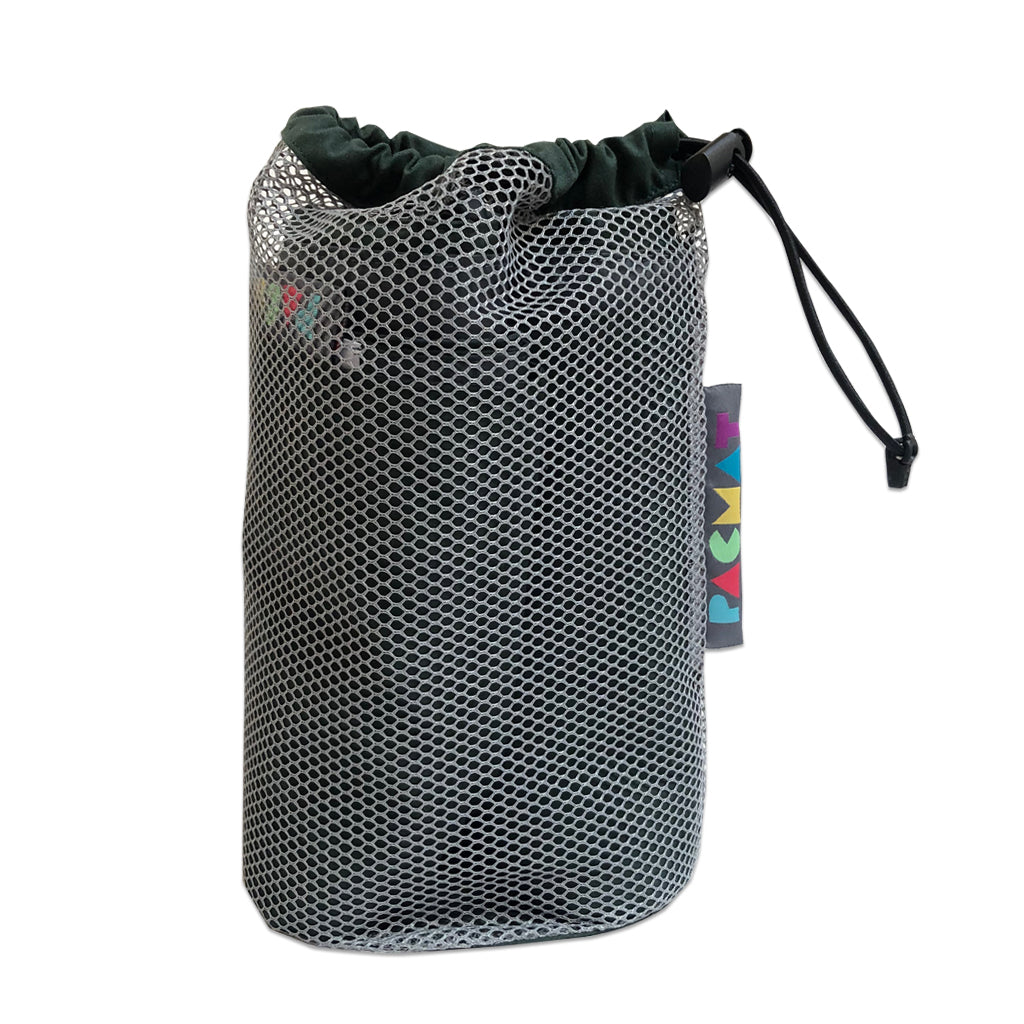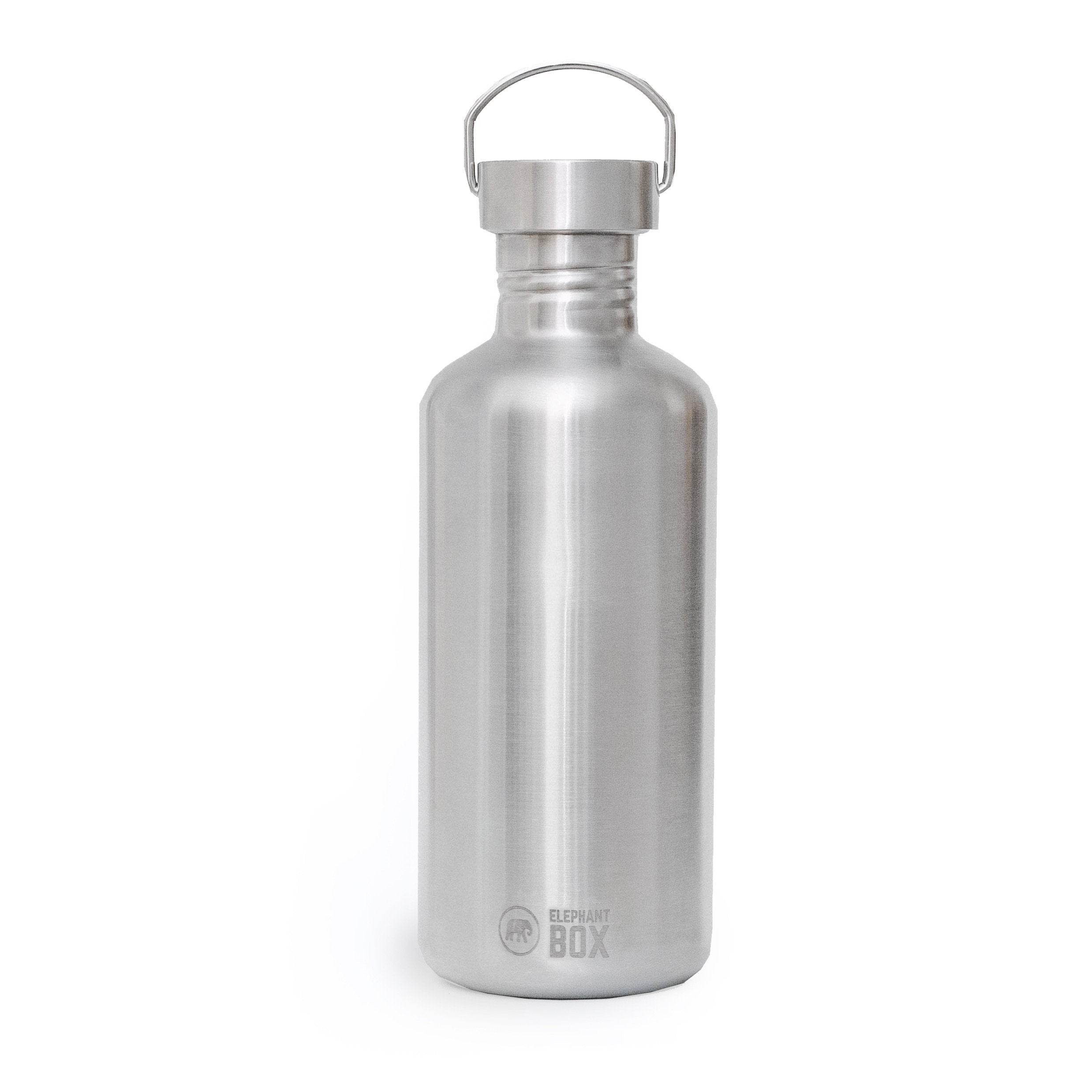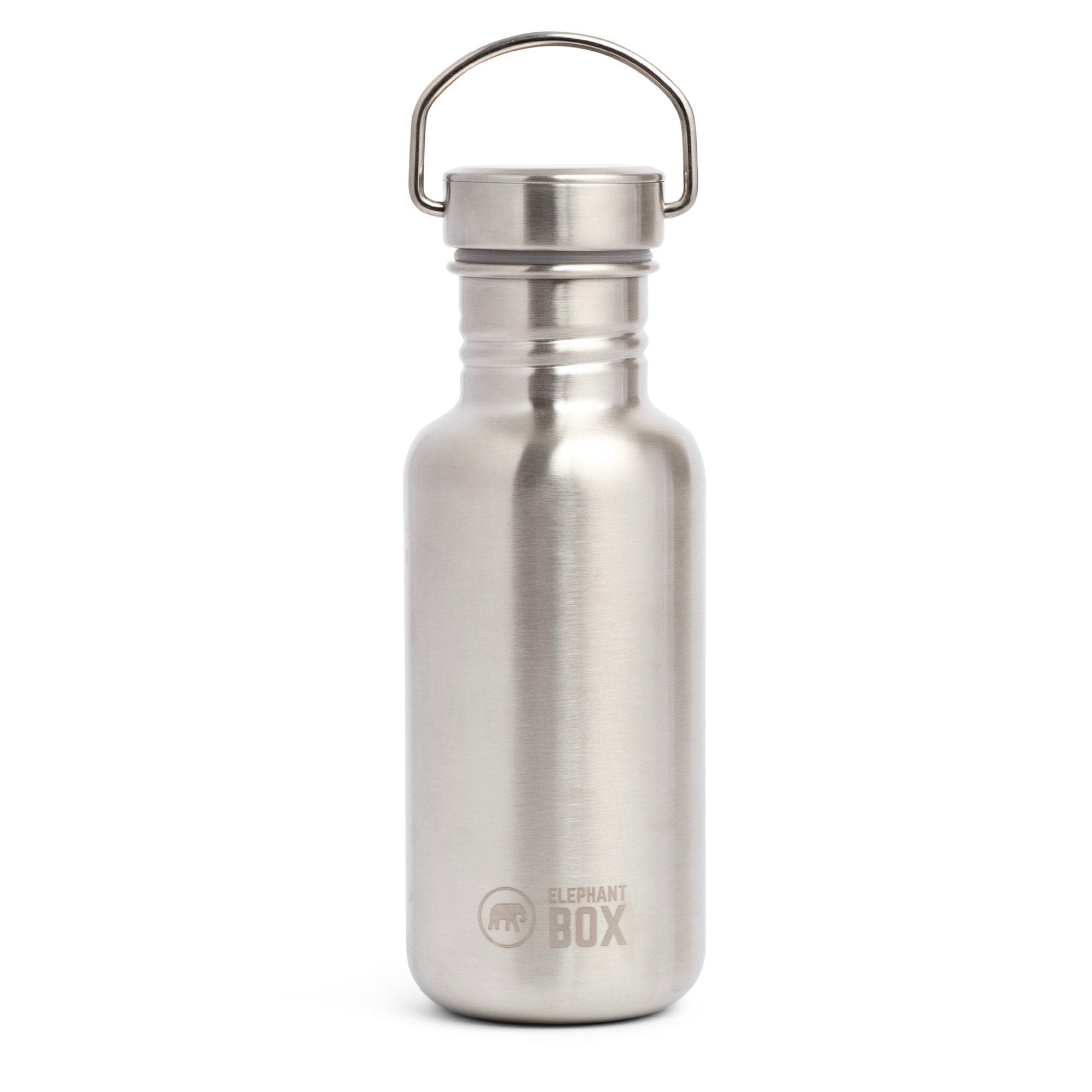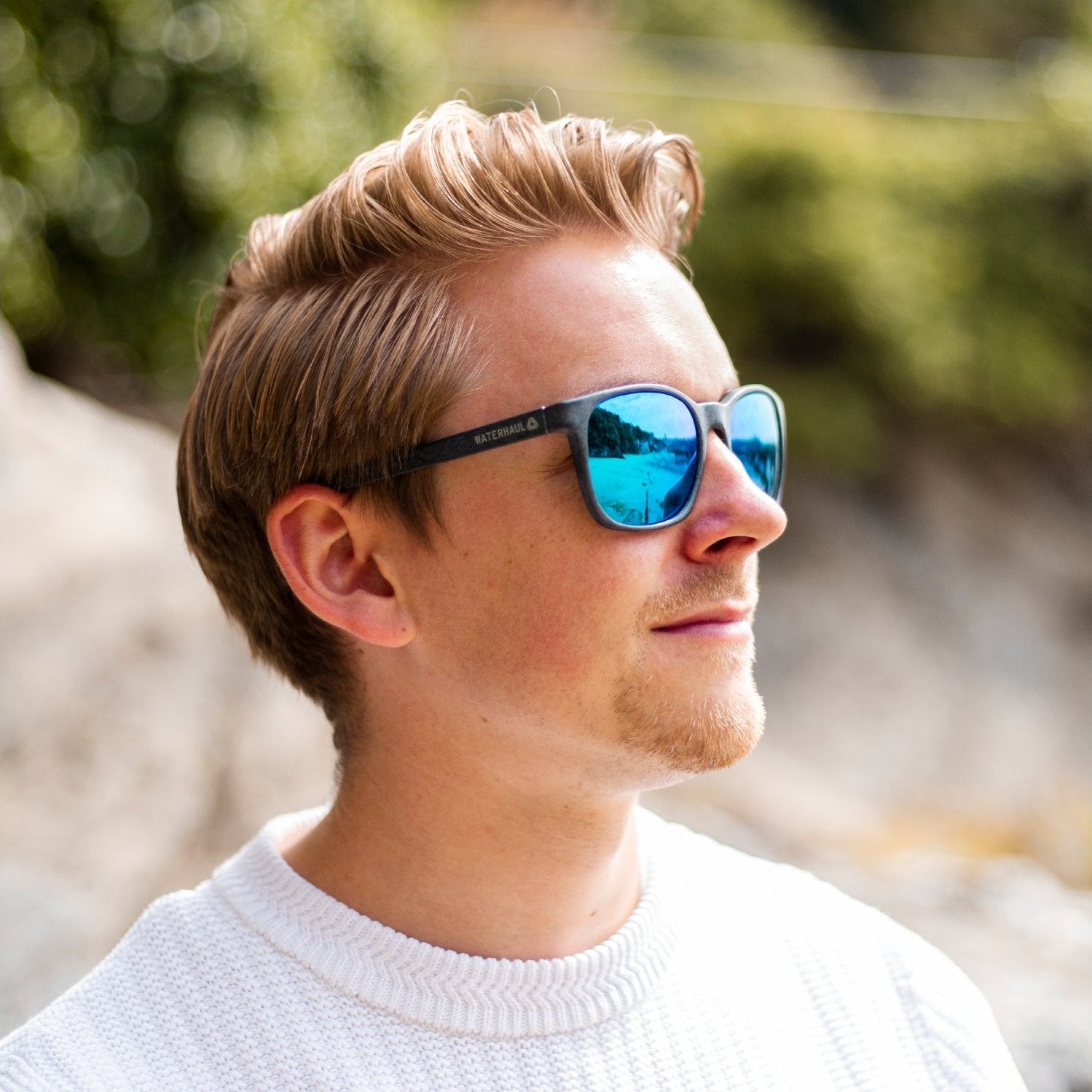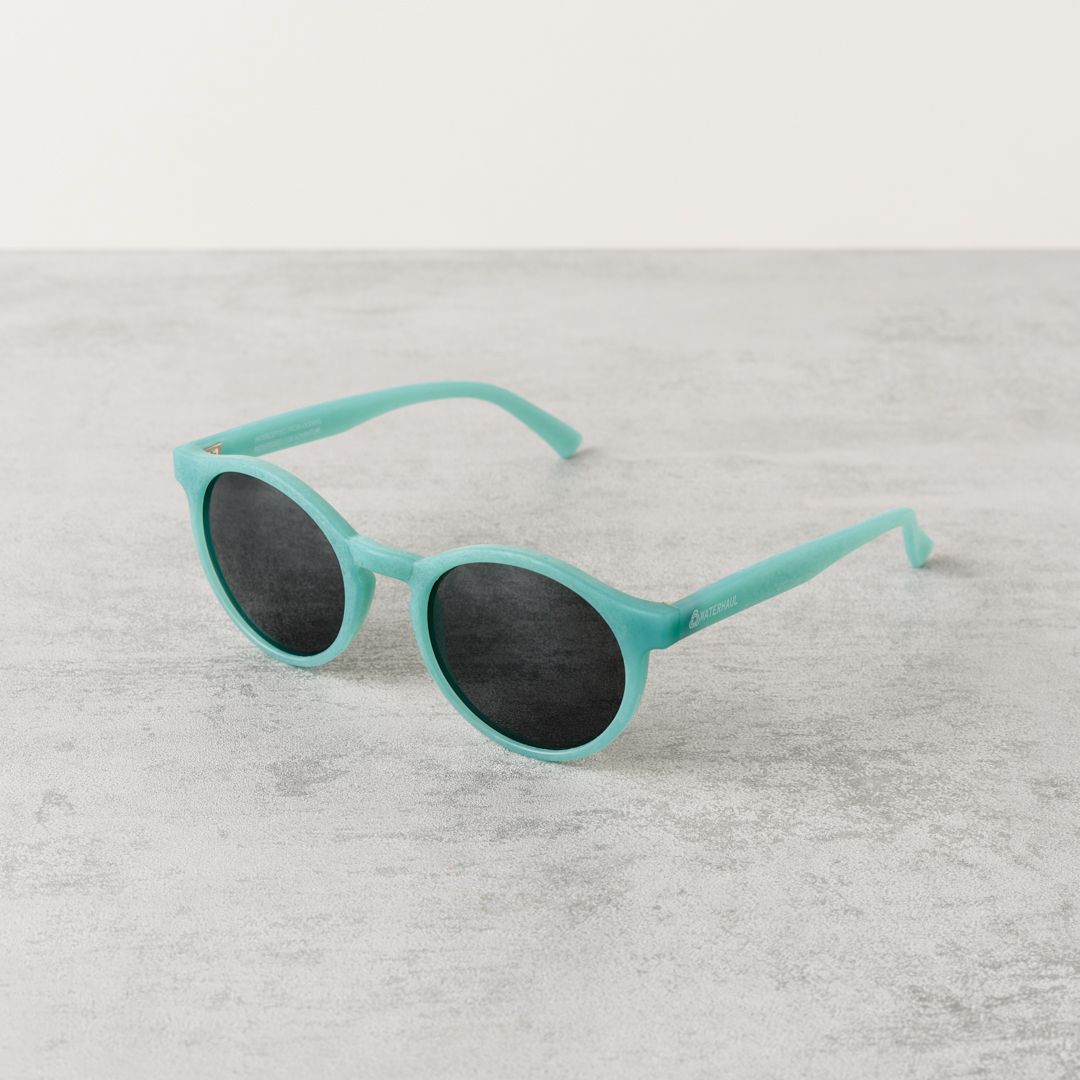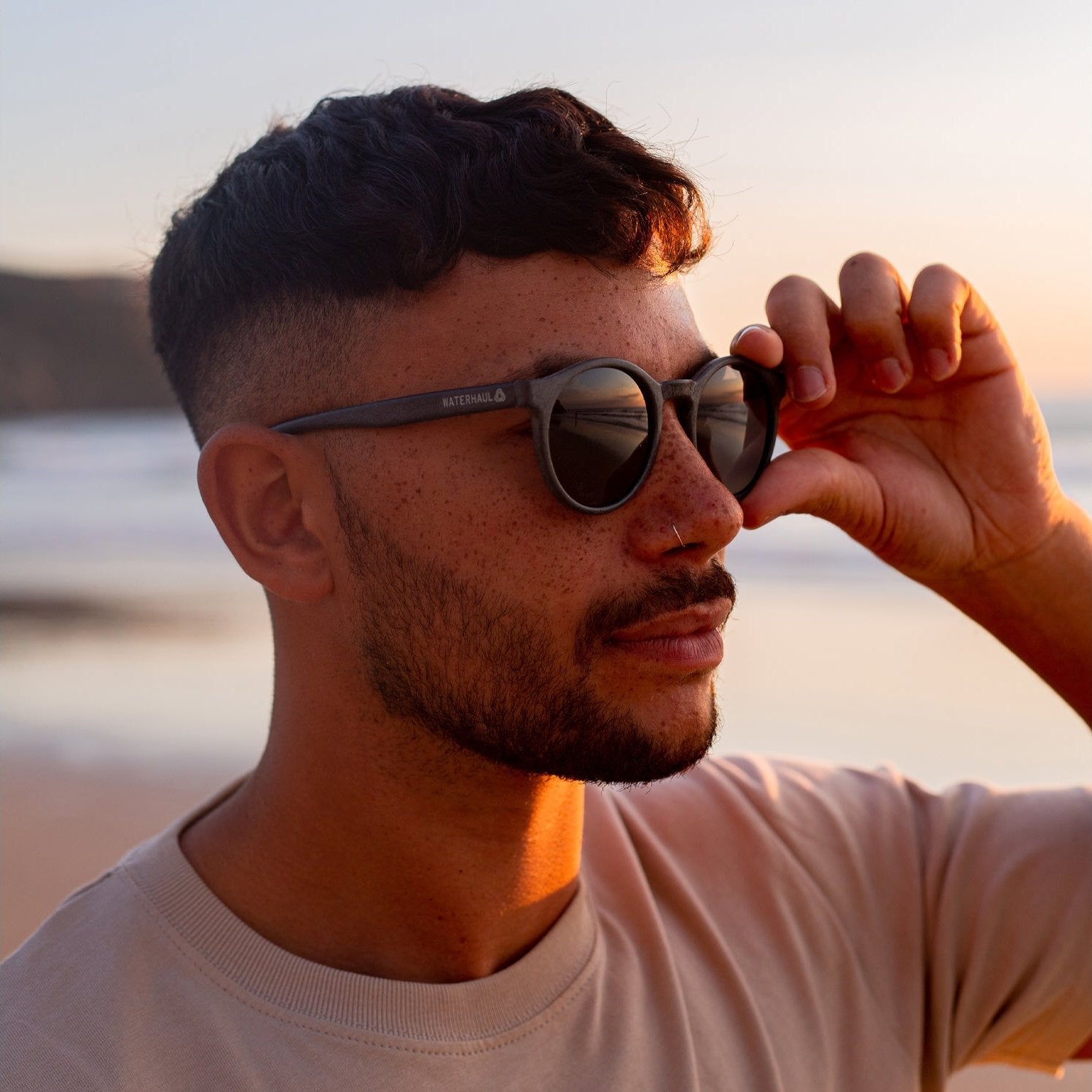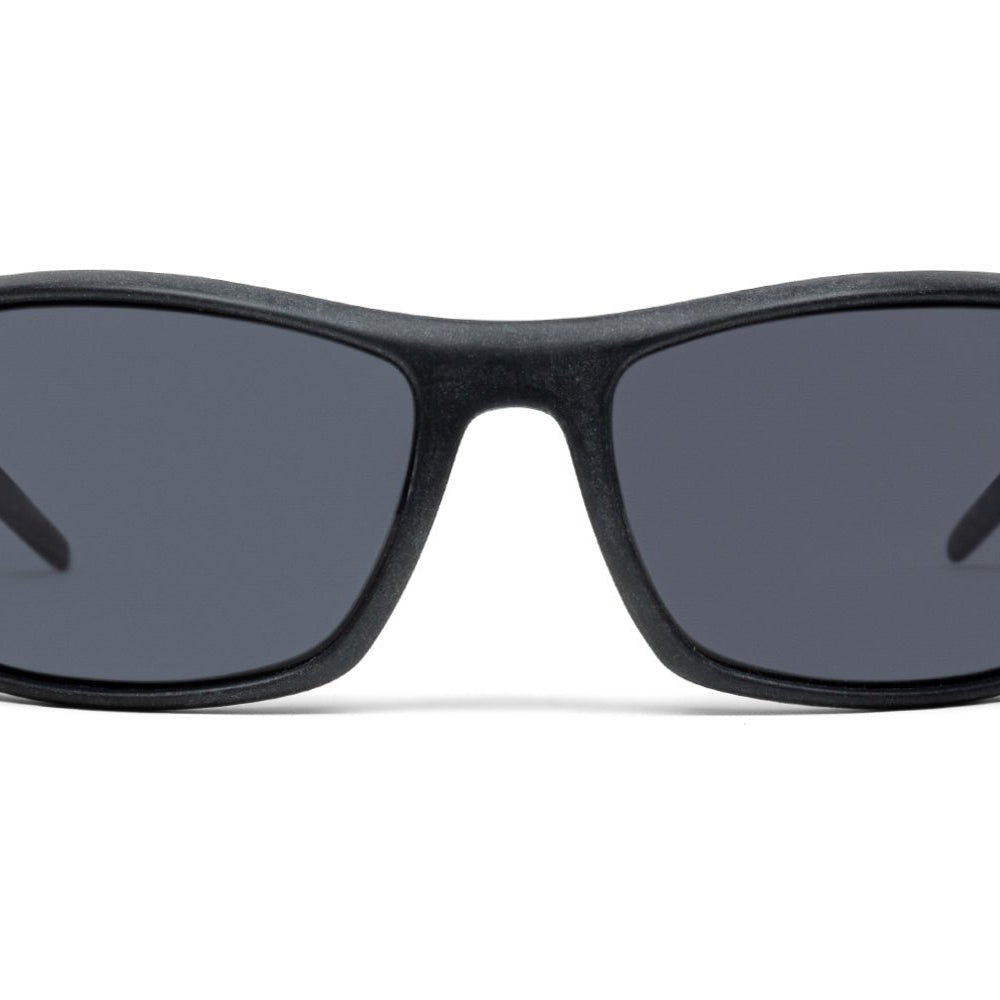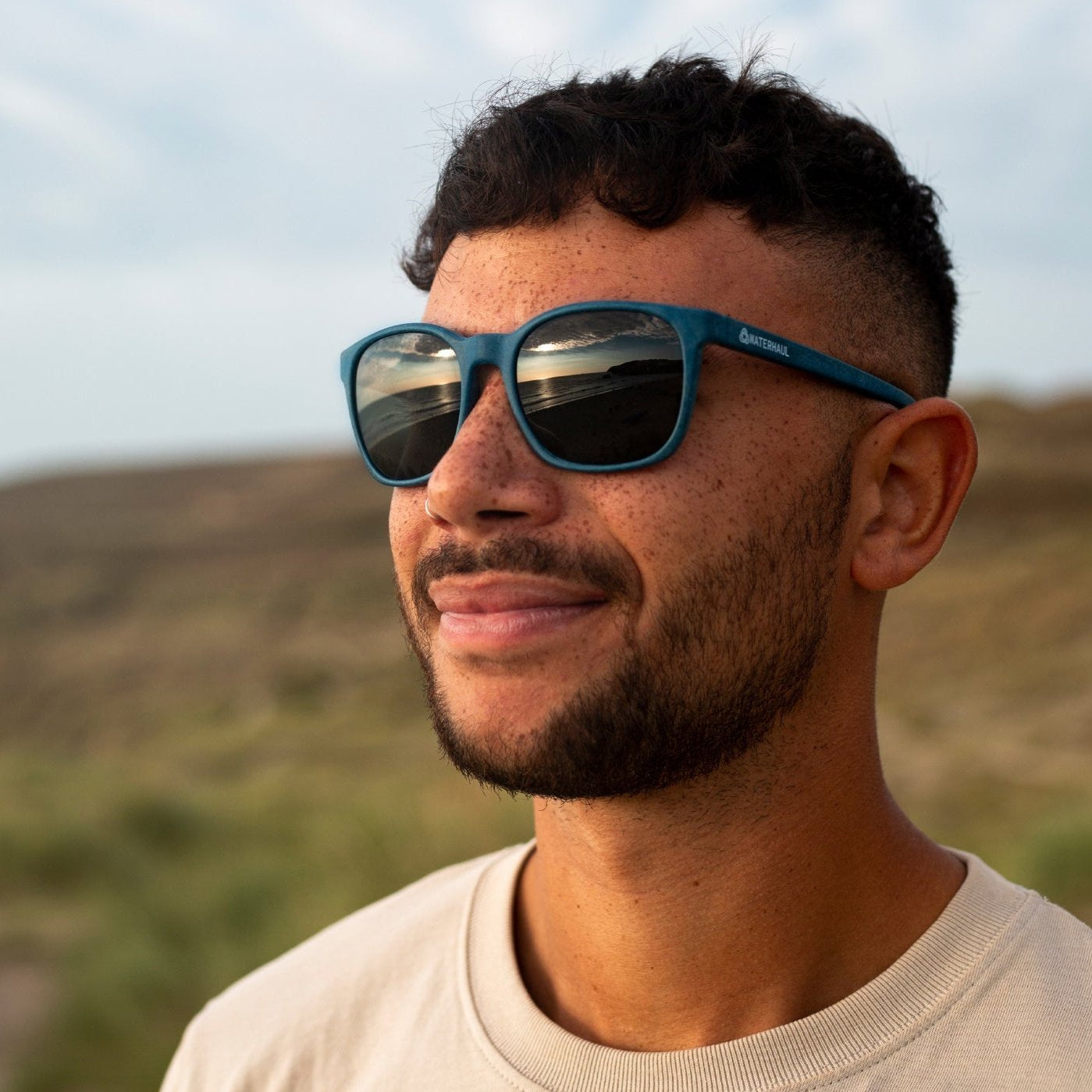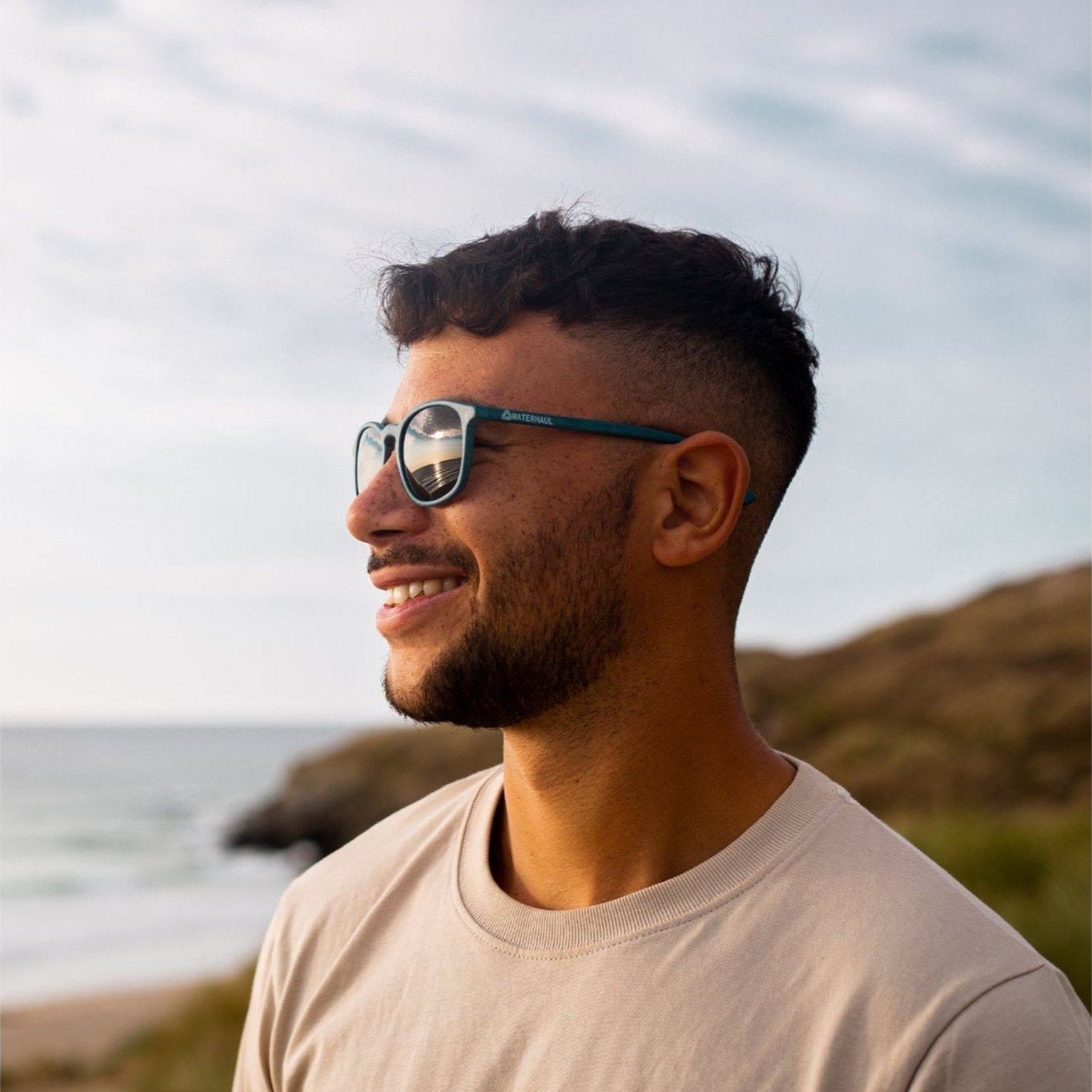Mens Sunglasses
Men’s sunglasses made to last – and made more responsibly. These tough, timeless frames are built from clever materials like bio acetate and ocean plastic, offering solid UV protection without the usual waste. Dependable, well-designed, and backed by long guarantees, they’re ideal for daily wear or tougher outdoor use. Many come with a free cork case too.
FAQs about Men's Sunglasses
What does it mean when sunglasses are polarised?
When sunglasses are polarised, their lenses cut out horizontal light waves that cause glare. This makes a big difference when you're staring at water, roads, or snow - far less squinting involved. While polarisation doesn't block UV rays (that's a separate feature), it does make things appear clearer and more comfortable in bright light. Handy for driving or walking the dog on a sunny day. Some screens might look darker through them, though.
Which sunglasses suit different face shapes best?
Generally, go for frames that contrast your face shape. If yours is round, square or rectangular frames add definition. If it’s square, round or oval frames soften the angles. Heart-shaped faces pair well with aviators or bottom-heavy styles. Lucky enough to have an oval face? Most shapes work for you. Just make sure they sit snugly - no sliding down your nose or biting your ears, ta.
How can I tell if my sunglasses are truly polarised?
To see if sunglasses are truly polarised, hold them up to a digital screen and tilt slightly. If the lens is polarised, the screen will darken at certain angles or show a rainbow-like effect. You can also try overlapping two pairs of polarised lenses - rotate one and the overlap should turn nearly black if they're the real deal. Still unsure? Look for certification or authenticity cards from the brand.
What are the longest-lasting sunglasses for men?
The longest-lasting sunglasses for men use tough materials like titanium, stainless steel, or cellulose acetate, plus lenses with scratch-resistant coatings. Look for replaceable bits (like nose pads) and sturdy hinges. Some brands offer guarantees lasting 10 years or even for life - now that’s confidence. With proper care, a good pair can serve you for decades, even outlasting your favourite summer hat. Learn how we find the best made-for-life gear on our Buy Me Once research process page.
How should I clean and care for my sunglasses to keep them in top condition?
To keep sunglasses in top condition, gently clean the lenses with a microfibre cloth and lens spray or a bit of soapy water. Don’t use tissues or your shirt - they can scratch coatings quicker than you can say “sun’s out”. Always store them in a hard case, and steer clear of hot spots (like cars on sunny days) that could warp the frames. Tighten up any wobbly screws, and swap out worn nose pads when needed. For more tips, see our care and repair resources.
Why do some blind people wear sunglasses?
Some blind people wear sunglasses to shield sensitive eyes from light, dust, or potential injury. Others may have partial sight or conditions made worse by glare, so sunglasses help with comfort and clarity. They can also cover up visible eye damage, which some find reassuring in social settings. Plus, sunglasses can serve as a gentle signal to others that someone is vision-impaired - no white cane required.
When were sunglasses first invented?
Sunglasses, in their current form, appeared in the 1920s, but tinted eyewear’s been knocking about for centuries. Back in 12th-century China, judges wore smoky quartz lenses to hide their expressions (bit dramatic, but effective). By the 18th century, people used tinted glasses for medical reasons. Early 1900s pilots wore protective eyewear, which gradually took off as popular sun gear by the 1930s. UV-blocking lenses turned up after the 1940s.


